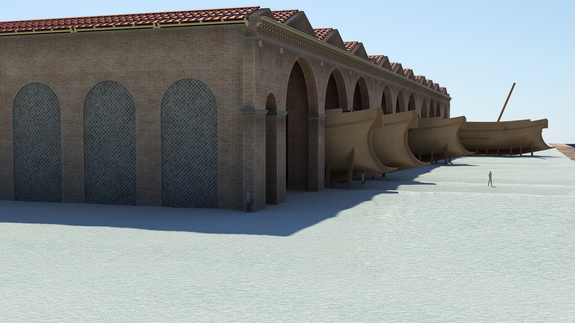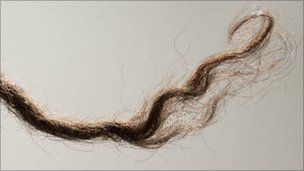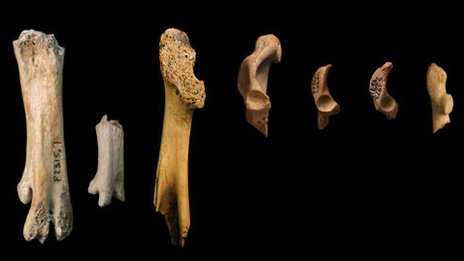
Florida-based Odyssey Marine Exploration on Monday confirmed the identity and location of the Gairsoppa and cited official documents indicating the ship was carrying some 219 tons of silver coins and bullion when it sank in 1941 in the North Atlantic some 300 miles (490 kilometers) off the Irish coast.
That's worth about $200 million today, which would make it history's largest recovery of precious metals lost at sea, Odyssey said.
"We've accomplished the first phase of this project -- the location and identification of the target shipwreck -- and now we're hard at work planning for the recovery phase," Odyssey senior project manager Andrew Craig said in a statement.











